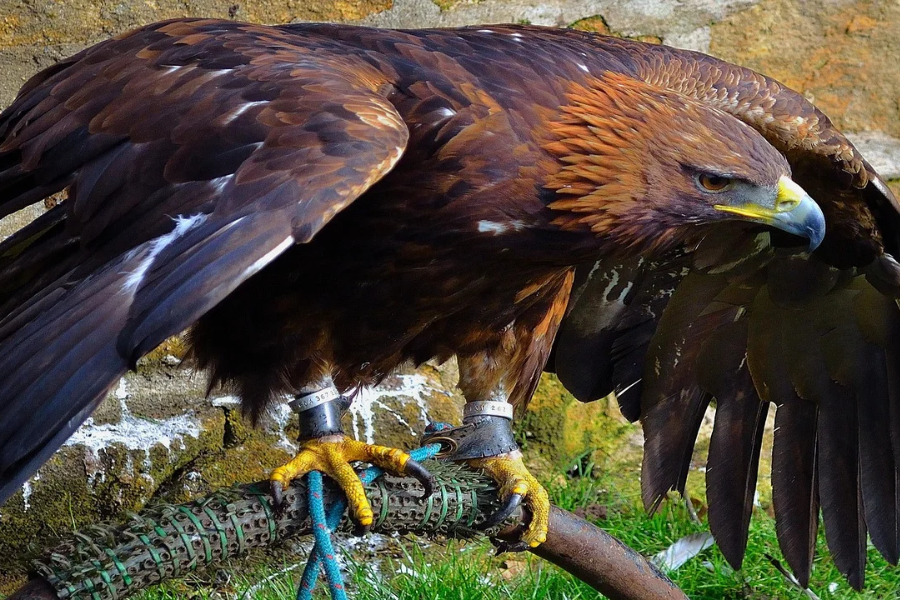type of bird hancock, a name that might not be immediately familiar to many, is a species that stands out in the avian world for its unique characteristics and intriguing lifestyle. This article will take you on a journey through the life of the Hancock Bird, from its physical features to its behaviors and habitat.
Origins
The Hancock Bird, though lesser-known, has captivated ornithologists and bird enthusiasts alike with its distinctive traits. Named after the researcher who first documented it, this bird has become a symbol of the diverse and fascinating world of avian species.
Physical
When it comes to physical attributes, the Hancock Bird is truly one-of-a-kind. It boasts a vibrant plumage that varies from rich blues to striking greens, depending on the region. These colors serve not only as a visual feast but also play a role in mating rituals and territorial displays.
The size of the Hancock Bird is moderate compared to other species, with a wingspan that allows for impressive flight maneuvers. Its beak is uniquely adapted to its diet, which primarily consists of a mix of insects and fruits.
Habitat
The Hancock Bird thrives in a variety of habitats, from lush rainforests to temperate woodlands. Its adaptability to different environments showcases its resilience and the evolutionary advantages it possesses. In rainforests, it prefers the canopy, where it can easily find food and evade predators. In woodlands, it is often found near water sources, which are crucial for its diet and breeding.
Behavior
One of the most captivating aspects of the Hancock Bird is its behavior. This bird is known for its elaborate courtship displays, which include intricate flight patterns and melodious calls. These displays are not only a way to attract mates but also a means of establishing dominance within its territory.
In terms of social structure, the Hancock Bird is quite versatile. It can be solitary, living alone during certain times of the year, or it can form small flocks. These flocks are usually temporary and are formed mainly during the breeding season or when food is abundant.
Diet
The Hancock Bird’s diet is diverse and changes with the seasons. During the warmer months, it primarily feeds on a variety of insects, which provide the necessary protein for its high-energy lifestyle. In the fruit-rich months, it shifts its diet to include a range of fruits, which are essential for maintaining its vibrant plumage and overall health.
Conservation
Despite its adaptability, the Hancock Bird faces threats from habitat destruction and climate change. Conservation efforts are crucial in ensuring that this remarkable species continues to thrive. Protecting its natural habitats and monitoring its population trends are essential steps in preserving the Hancock Bird for future generations.
Interactions
Interactions with other species are an integral part of the Hancock Bird’s life. Its presence in an ecosystem can influence the behavior of other animals, particularly through its role as both a predator and prey. By studying these interactions, researchers can gain a better understanding of the ecological balance within its habitat.
Reproduction
The reproductive behavior of the Hancock Bird is as fascinating as its other traits. It builds elaborate nests in the treetops, often using materials that are meticulously selected for their durability and camouflage. The breeding season is marked by increased territorial displays and vocalizations, which help establish and defend breeding territories.
The female Hancock Bird lays a small clutch of eggs, which both parents take turns incubating. Once hatched, the chicks are altricial, meaning they are born helpless and require extensive care from both parents. This period of dependency is crucial for their survival and eventual independence.
Research
Ongoing research into the Hancock Bird provides valuable insights into avian biology and behavior. Studies focus on its breeding patterns, migration habits, and the effects of environmental changes on its populations. By understanding these aspects, scientists can better address the challenges faced by the Hancock Bird and contribute to its conservation.
Conclusion
The Hancock Bird, with its striking appearance and intriguing behaviors, offers a glimpse into the complexity of avian life. Its adaptability to different habitats, varied diet, and unique social interactions make it a subject of great interest for ornithologists and nature enthusiasts alike. By continuing to study and protect this remarkable species, we can ensure that future generations will also have the opportunity to appreciate the wonders of the Hancock Bird.
